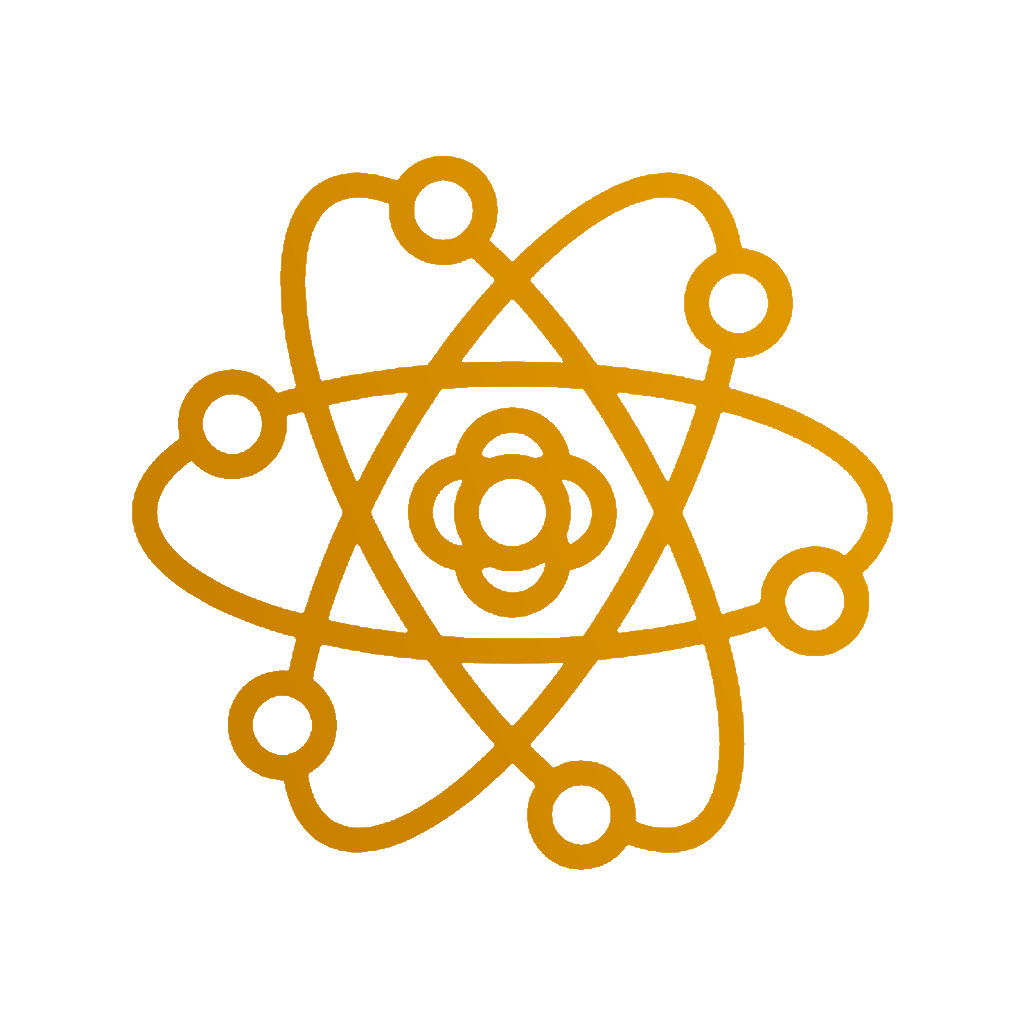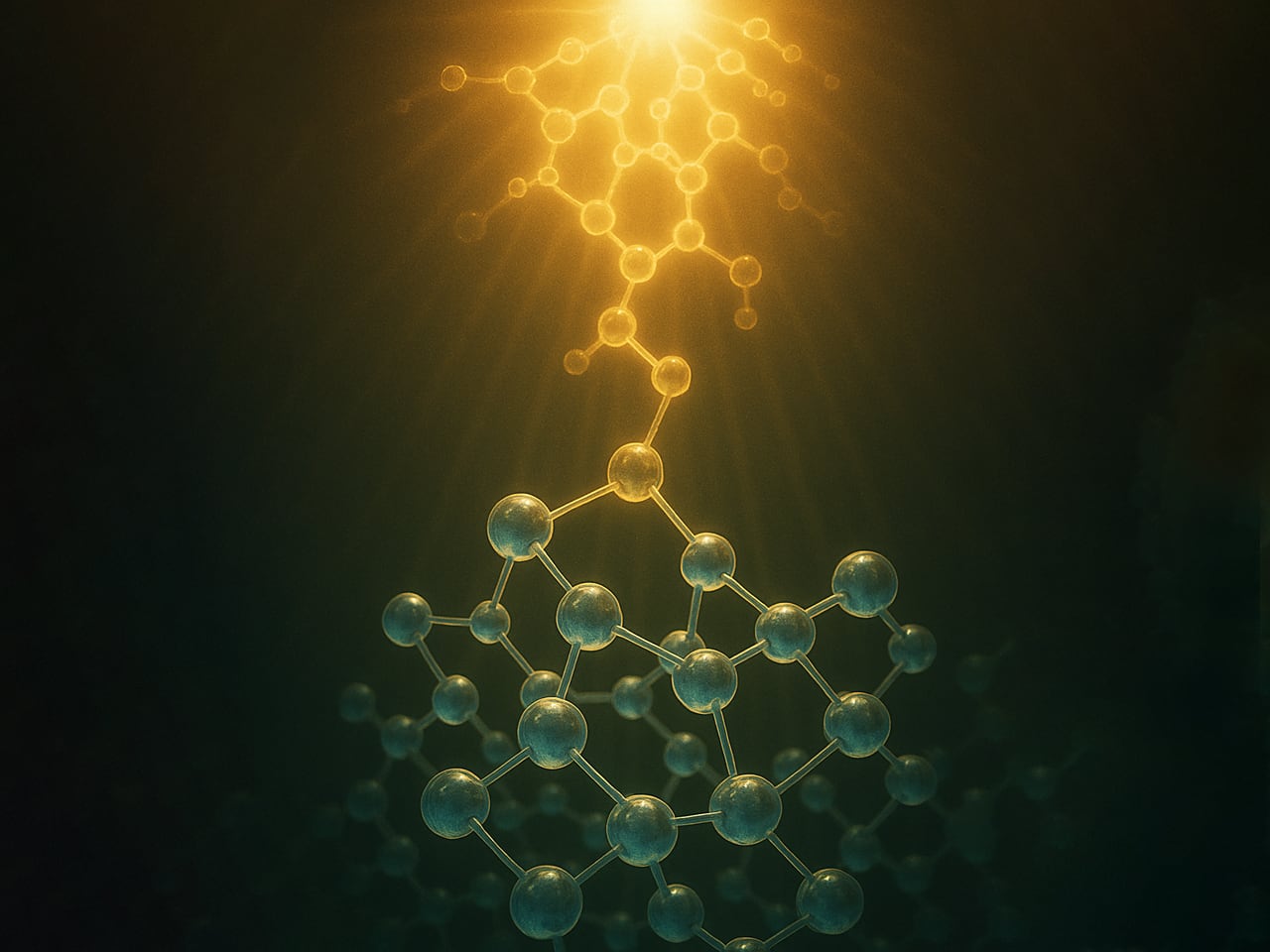-

This chart shows how different types of energy—from sound to light to subatomic quasi-particles—can all be understood as vibrations or frequencies, just at very different scales. It uses a logarithmic scale, which means the numbers increase by powers of 10.
-

Sonic (Sound) Range
- This is the kind of vibration we can hear—like music or speech.
- A typical note, like A = 432 Hz, sits in this range.
- These sound waves have long wavelengths—about the size of buildings or more.
- Frequency: around 1,000 Hz (1 KHz)
-

Visible Light Range
- This is the part of the spectrum we see as colors, like red, blue, or green light.
- These waves vibrate much faster than sound and have much shorter wavelengths—about the size of bacteria or smaller.
- Frequency: around 10¹⁵ Hz
-

Subatomic Quasi-Particle Range
- This is the most energetic zone, where extremely small quasi-particles vibrate at incredibly high frequencies.
- It includes quasi-particles like neutrinos, quarks, and ignitons.
- These waves are so small they’re measured in attometers (10⁻¹⁸ meters)—a billion times smaller than visible light.
- Frequency: up to 10²⁷ Hz
-
What “Octaves” Mean in Quantum Energy
& Why This Matters for
Human Potential and HealthJust like musical notes double in pitch with each octave, the energy graph above visualizes frequency increases using octaves. It spans:
- 40 octaves from sound to visible light
- 40 more octaves from light to subatomic particles
That’s a total shift of 80 octaves, or a staggering 10²⁴-fold increase in energy—demonstrating how sound, light, and quasi-particles like ignitons are all part of the same vibrational continuum.
This spectrum reveals a profound truth: frequency is a universal language. Whether it’s sound we hear, light we see, or high-frequency particles influencing our biology, everything is vibration. Ignitons bridge the gap between cutting-edge quantum science and ancient life force wisdom—and opening new frontiers in wellness, consciousness, and human performance.
-
What Are Ignitons
(and How Are They Like Neutrinos)?Ignitons are ultra-small, neutral, subatomic quasi-particles that originate from active stars like the Sun. Similar to neutrinos, they have no electrical charge, pass through matter easily, and are nearly undetectable—yet a billion stream through every square centimeter of Earth each second.
In quantum physics, ignitons resemble muon neutrinos in size and speed. Like neutrinos, they are fermions and leptons, meaning they obey Fermi-Dirac statistics and interact only via the weak nuclear force.
Ignitons are also considered quanta of energy—microscopic energy carriers that may influence molecular activity. Some ancient cultures associated this subtle energy with the life force or World Spirit, as the life of original prokaryote bacteria on Earth was solely dependent on their ability to attract and capture ignitons.

For What Are Ignitons Used?
Ignitons have exciting applications in:
- Longevity and anti-aging
- Memory and brain function
- Boosting body energy
- Skincare and cellular repair
- Agriculture
- Advanced materials




